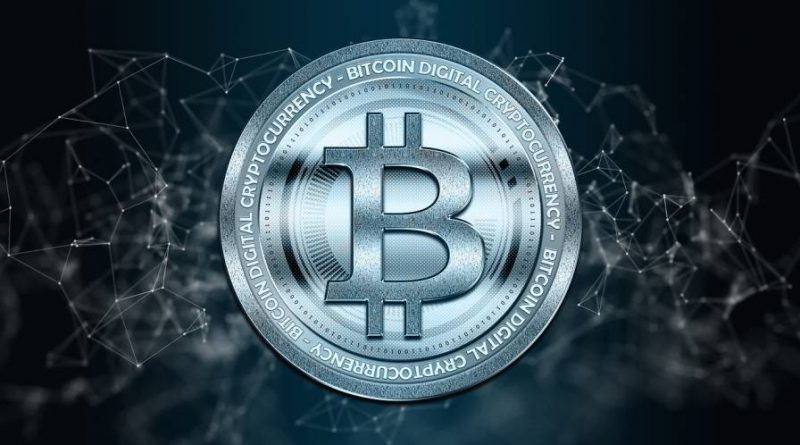Lightning Network for Bitcoin
Key points
- A Brief History
- Working
On average, a Bitcoin platform can process only 7 transactions per second. In present competitive times, this may be insufficient, to establish Bitcoin as the feasible medium for handling millions of transactions every day. To establish Bitcoin as the most preferred medium of exchange it is important to develop a payment mechanism capable of handling millions of transactions per day and at a low cost. Lightning Network is one such mechanism.
Lightning Network is the second layer that has been installed over the blockchain of BTC. It comprises several payment channels between Bitcoin users. It implies a two transaction technique, allowing Bitcoin users to send and receive BTC. Lightning Network improves the scalability issue of the blockchain by handling off-chain transactions, meaning handling transactions outside the mainnet (layer one) while keeping the security paradigm of the mainnet intact.
A Brief History
Lightning Network was first proposed by Joseph Poon and Thaddeus Dryja in 2015, in a paper titled, “The Bitcoin Lightning Network”. In 2016, Dryja and Poon along with a few other collaborators launched Lightning Labs, a firm to develop Lightning Network.
In 2018, a Beta version of Lightning Network was deployed on the Bitcoin mainnet. This received support from Twitter creator Jack Dorsey and many other prominent figures. Jack also showed his intent in incorporating Lightning Network into Twitter in the coming time.
Working
Lightning Network was the solution, to the scalability problem of Bitcoin; this was achieved by adding a second layer to Bitcoin’s main blockchain, making it a two-way transaction mechanism. The parties can transfer Bitcoins to one another via channels.
The transactions via Lightning Network were handled completely differently from regular transactions on the Bitcoin blockchain. When a channel is opened or ended by a party, it only gets updated on the main blockchain.
The parties can indefinitely transfer Bitcoin between one another without altering the main blockchain. This process significantly improves the transaction speed.
In Lightning Network, when a channel is funded by one party or by both parties, a first channel between the two, known as a funding transaction, is formed. There is an exchange of master keys, making it easier to exchange Bitcoins.
In the lightning node, there is no exchange of the signatures as is the case in normal transactions. Here a single key is exchanged between the parties, which acts as a validator between the parties to validate spending transactions.
There can be an infinite number of commitment transactions between the two parties on different nodes in a Lightning Network. The master key between the two parties is only exchanged when the channel between them is closed.
Disclaimer: The article is just to provide information and shouldn’t be considered as any financial advice. It is advisable to conduct thorough research before investing in any cryptocurrency.
Photo by – TheDigitalArtist on Pixabay




